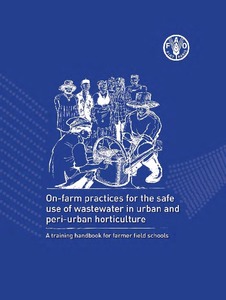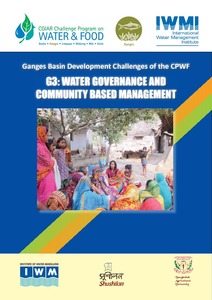Measuring the performance of river basins: application of total factor productivity approach to Andhra Pradesh, India.
Total Factor Productivity (TFP) measures the growth in output which is not accounted for by inputs. Data Envelopment Analysis which forms the basis for the computation of Malmquist TFP index is used in this paper to study the performance of different river basins in Andhra Pradesh state, India. The results indicated that average technical efficiency of all the basins is only 66%. In all the basins there was a decline in growth of agricultural output during the first two decades, viz., 1979-1980 to 1988-1989 and it had picked in the last decade (1999-2000).




